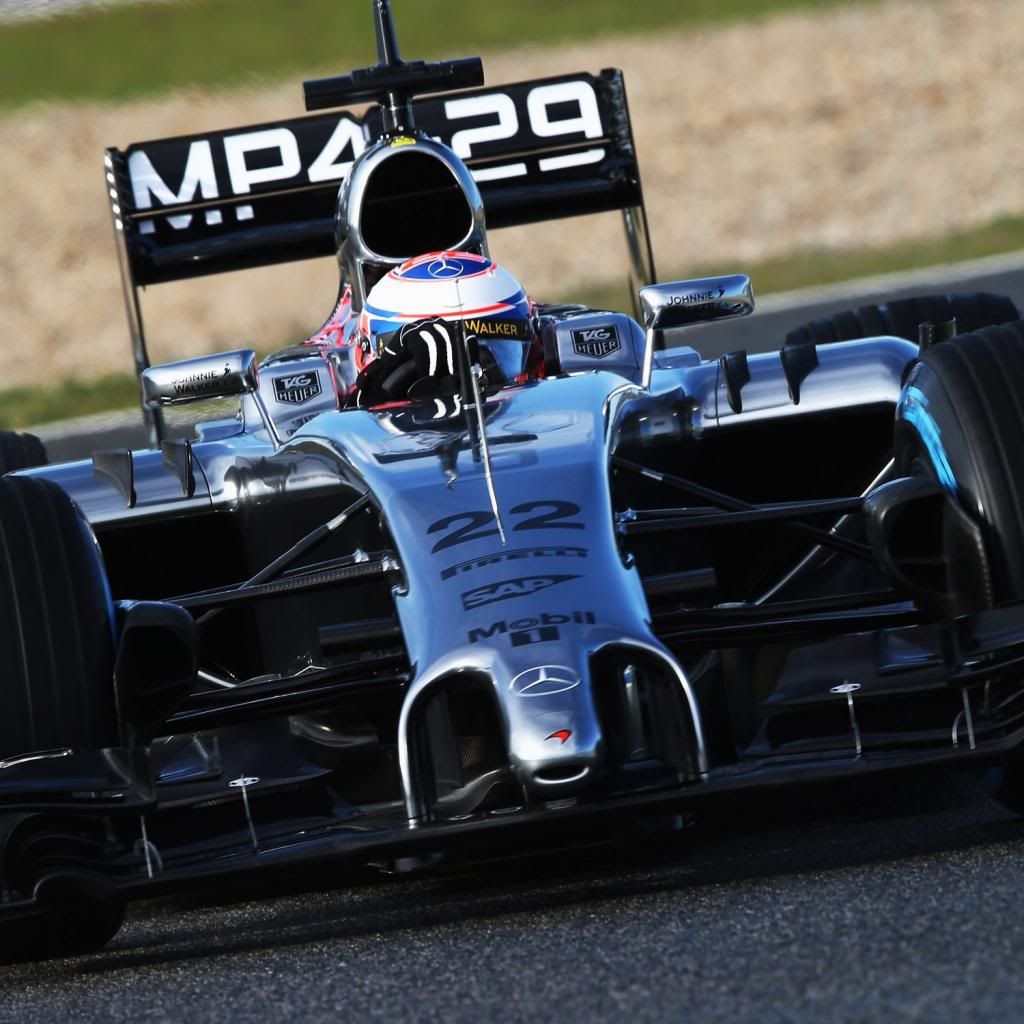- Login or Register
No account yet? Sign up

As long as the load isn't too high for the tyre to cope with, then yes...raymondu999 wrote:No no, I don't mean mechanical grip in terms of softening the springs. I mean if setup is NOT compromised in terms of having to have a high ride height/soft springs etc, eg if I just put on soft tyres rather than hards, would that increase the speed they can carry through the faster corners?
Mmm... That is certainly what math modellers (& aerodynamicists, who don't believe anything else matters) would have you believe. However, mechanical set-up is a compromise set by the vehicle, its tyres, the driver & the track. Modelling can, with help from hardware in the loop tests, put set-up in the right ballpark, but cannot usually yield an optimal set-up without some driver & track testing. Only last year one team took the wrong dampers to a race & suffered all weekend from that decision. The dampers were wrong because the track had changed since the team's last visit....shelly wrote:...off-track setting work is well developed, so tems have a very good idea of setup and do not have to make big changes during race weekends....
I'm sure you are correct, Sayshina. I recall examining RBR's Turkey times & noting (I think) that they were quickest by over 0.5 seconds through sector 2 (turn eight), but only 0.3 seconds quicker over the lap. That suggested to me that the car excelled through medium/high speed corners, but was not so hot otherwise. I'm sure RBR engineers would reply that it didn't need to be. Whatever, I think it is generally accepted that RBR's performance advantage in 2010 came from the effective use (& extended availability) of exhaust energy, rather than suspension layout ...Sayshina wrote:One thing is certain. There's no way last years Red Bull could have been as easy to adjust as last years more traditional pushrod suspensions with everything right on top of the gearbox. It didn't seem to slow them down much.
Absolutely, although it isn't necessary to invoke metering accuracy to conclude that a high pressure/(wheel) force ratio is a poor strategy for an hydraulic damper.riff_raff wrote:With metered hydraulic systems, like that used in a hydraulic dampener, the greater the metered flow volume the easier it is to accurately control. So the dampener benefits from a long stroke or a large cylinder diameter, since that makes its dampening rate less sensitive to valving variations and more consistent. Locating the dampeners somewhere that limits their size or travel would not seem to be beneficial.
Whilst true the reverse is also true - that we cannot analyse individual parts and say that because this teams car was the fastest every individual design decision they made was the best one.shelly wrote:@fastback33: "whole package" calls should not be misused. While for sure it is the whole package that counts, there are some things that have to be analysed with a certain level of detail, and suspension layout is one of those. If we stick to the "whole package" at any level, we could not iscus about anything: we could just read laptime sheets to see which package is faster.